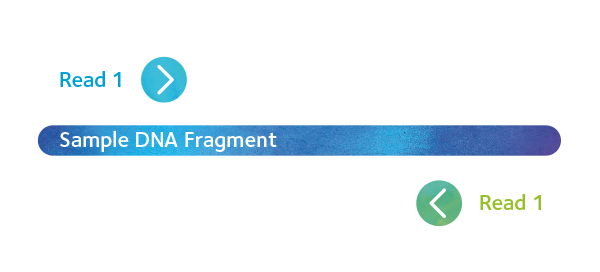
PGTaiSM Technology Platform
Technology platform for embryo selection


PGTaiSM Technology Platform
Technology platform for embryo selection
Since its launch in 2018, over 350,000 embryos have been tested with our robust PGTai platform1 shown to improve the odds of pregnancy and IVF success2.
Our PGTai is the only test on the market using artificial intelligence (AI) based on clinical outcome data of live births and sustained pregnancy outcomes, eliminating subjectivity, and improving accuracy.
The PGTai platform is a ground-breaking, first-of-its-kind mathematical algorithm that harnesses the power of AI, big data, and machine learning to maximize both sensitivity and specificity during PGT-A.
PGTai Technology Platform
A history of PGT-A at CooperSurgical
1993
Dr. Santi Munné is the first to present reports on the use of FISH for PGT-A, assessing abnormalities on chromosomes X, Y, 13, 18 and 21
1999
The first use of CGH for PGT-A is reported
2001
The first birth after PGT-A by CGH is reported
2013
Legacy CooperGenomics companies are the first to launch PGT-A by NGS for clinical use
2018
CooperGenomics launches the PGTai platform, a first-of-its-kind platform that uses artificial intelligence to improve PGT-A analysis & reporting
2019
CooperGenomics launches the PGTai 2.0 platform, the first PGT-A analysis with secondary confirmation of aneuploidy
2022
CooperGenomics releases the addition of Parental QC, Genetic PN check and Origin of Aneuploidy to PGT-A testing as PGT-Complete
The only platform in the field:
- Built on embryo biopsy data (>1000) resulting in live births and sustained pregnancy outcomes
- Validated using sequencing data from >10,000 embryos, analyzed and reviewed one by one for accuracy
Delivering:
- Statistically robust and accurate interpretation
- Improved analytics by removing subjectivity
- Avoids human errors with transcription
- Improved signal clarity, to increase accuracy and ensure optimal sensitivity and specificity
Since introducing PGTai
Most robust assessment of embryos in the market; providing greater confidence in embryo transfers
- Two independent methods for confirming abnormality (unique to CooperSurgical
- Detection of all forms of ploidy – Haploidy, male and female triploidy
- Parent of origin of abnormality (optional)
![]()
Paired-end sequencing increases the amount and quality of data generated from each sample
Provides double coverage and enhances coverage of hard-to-sequence regions
Improves read alignment and availability (>15%)
Allows for highly sensitive analysis

Alignment to the Reference Sequence

![]()
Read our white papers to find out more about the development of our PGTai technology platform:
Documents
Reproductive Genetic Testing Brochure – Czech
Reproductive Genetic Testing Brochure – Finnish
Reproductive Genetic Testing Brochure – French
Reproductive Genetic Testing Brochure – German
Reproductive Genetic Testing Brochure – Greek
Reproductive Genetic Testing Brochure – Italian
Reproductive Genetic Testing Brochure – Latvian
Reproductive Genetic Testing Brochure – Spanish(LATAM)
Reproductive Genetic Testing Brochure – Spanish
Reproductive Genetic Testing Brochure – Turkish
PGT-A Patient Brochure – Arabic
PGT-A Patient Brochure – Czech
PGT-A Patient Brochure – French
PGT-A Patient Brochure – Greek
PGT-A Patient Brochure – Italian
PGT-A Patient Brochure – Portuguese
PGT-A Patient Brochure – Spanish
PGT-A Patient Brochure – Spanish LATAM
PGT-A Patient Brochure – Thai
PGT-A Patient Brochure – Turkish
PGT-A Clinician Brochure – Czech
PGT-A Clinician Brochure – French
PGT-A Clinician Brochure – Greek
PGT-A Clinician Brochure – Italian
PGT-A Clinician Brochure – Portuguese
PGT-A Clinician Brochure – Spanish
PGT-A Clinician Brochure – Spanish LATAM
PGT-A Clinician Brochure – Thai
PGT-A Clinician Brochure – Turkish

 My Clinic is in the United States
My Clinic is in the United States My Clinic is in Canada
My Clinic is in Canada




 Download our PGT-A via:
Download our PGT-A via: